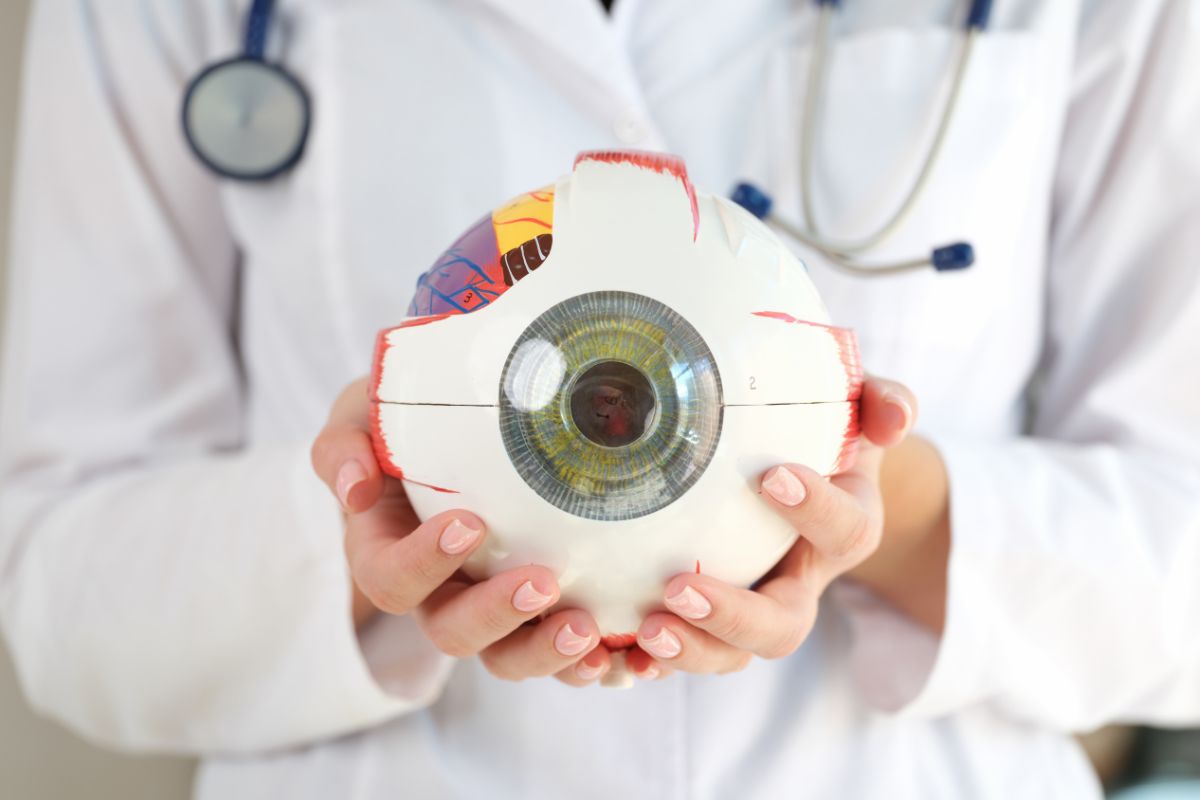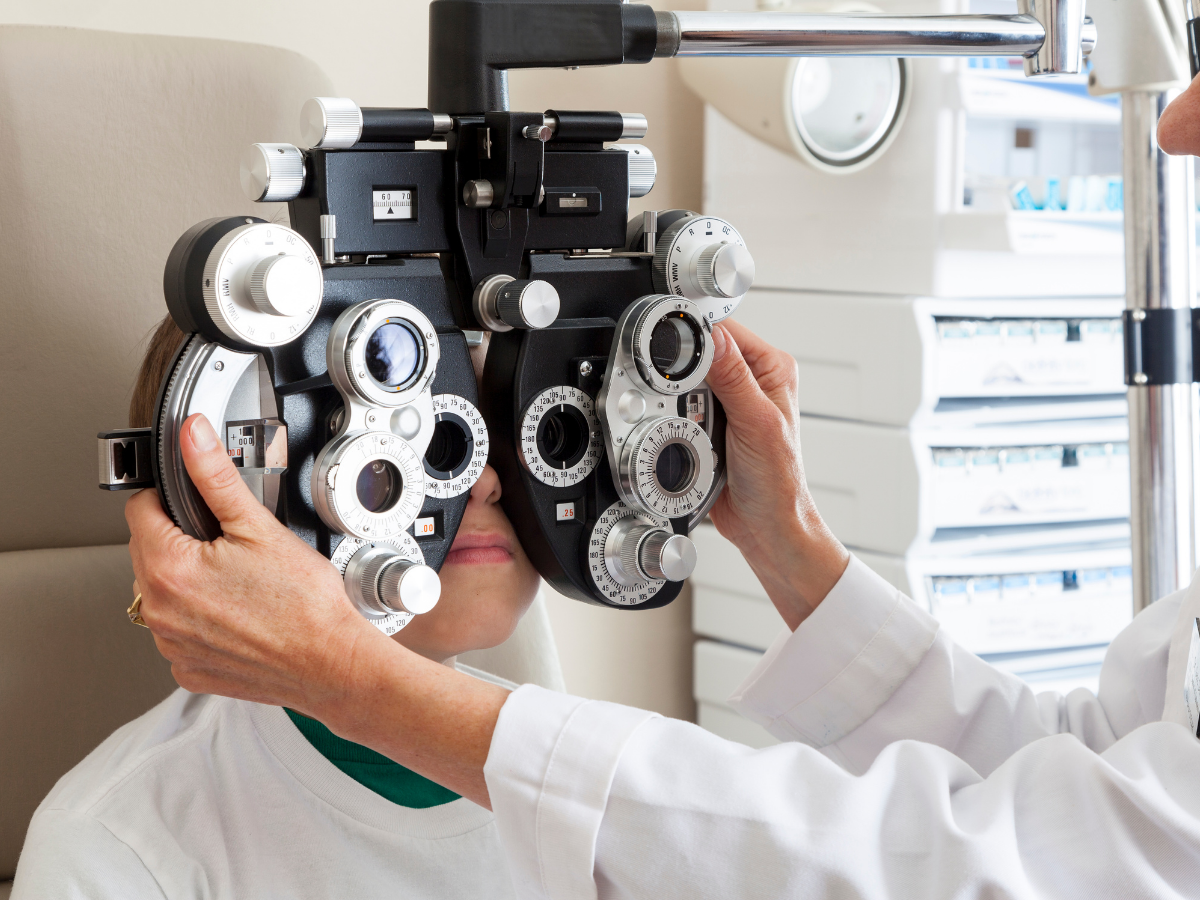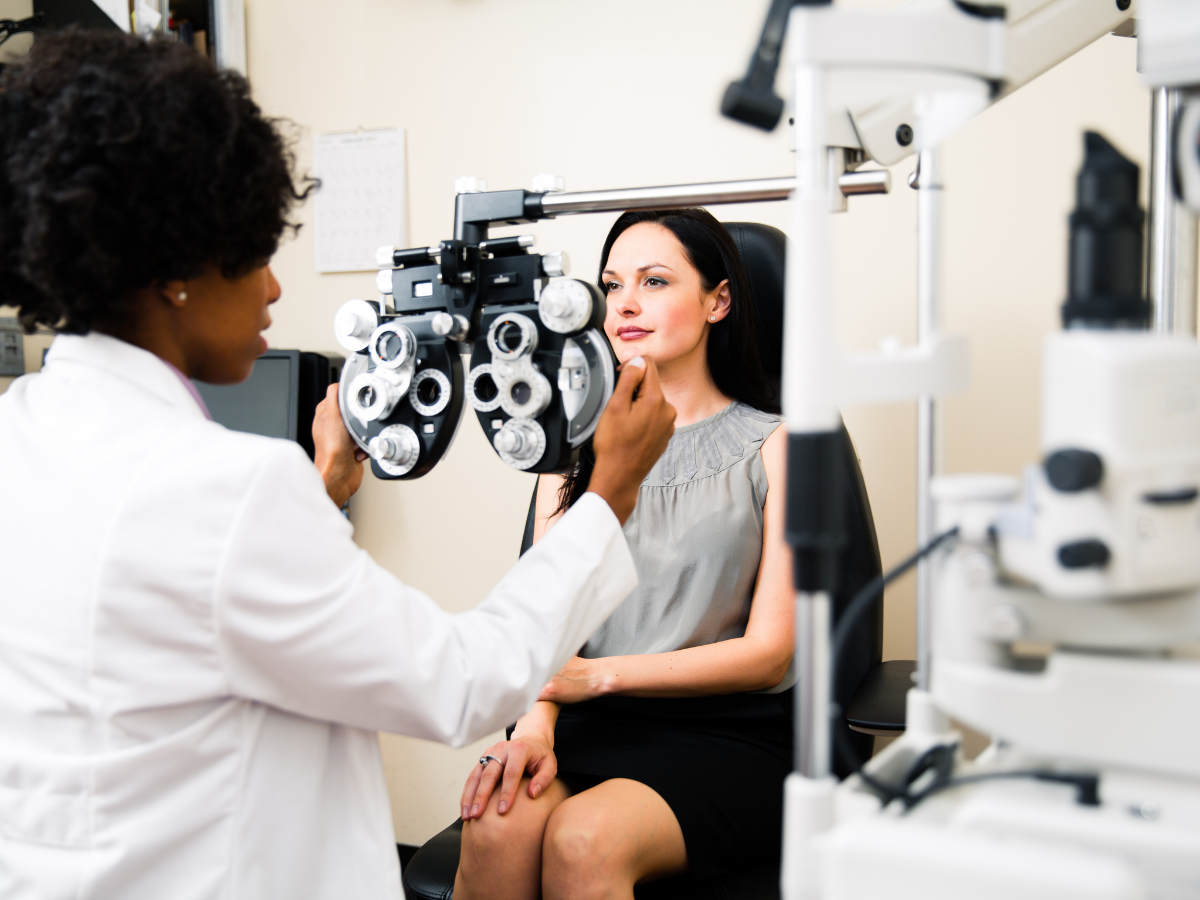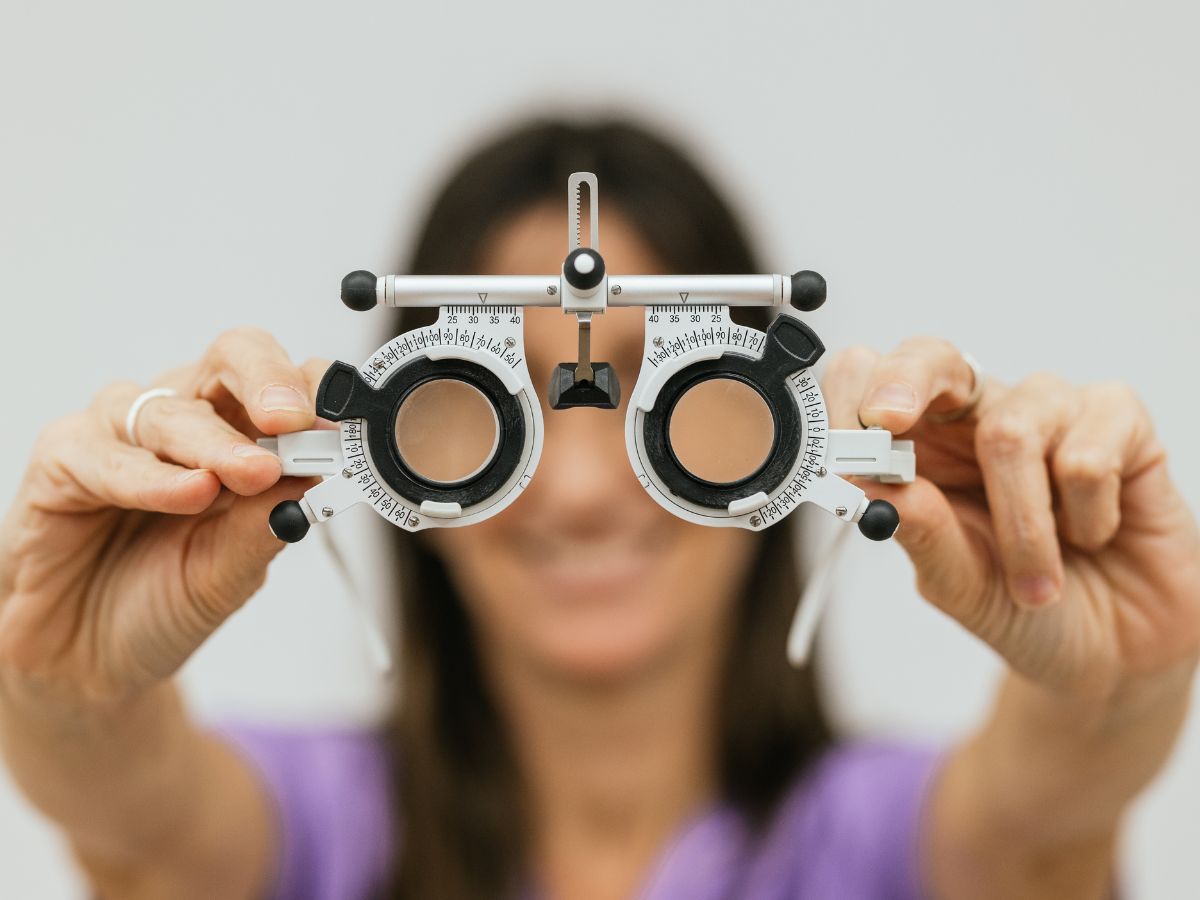

As technology continues to reshape the healthcare world, the eye care industry is rapidly adopting digital tools, automated systems, and smarter workflows to provide a higher-quality patient experience. Today’s most forward-thinking clinics—such as What a Spectacle Optometry—are proving that innovation isn’t just a trend; it’s becoming the backbone of operational efficiency, patient satisfaction, and long-term business growth. At GeekPractitioners.net, where our focus is business technology and professional insights, we’re taking a closer look at how digital advancements are transforming vision care from the inside out.
In service-driven industries, efficiency and accuracy are essential. Technology allows eye care practices to optimize nearly every point in the patient journey—from scheduling and check-in to diagnosis and prescription management. As digital transformation becomes mainstream across business sectors, eye care professionals who embrace innovation quickly stand out among competitors still relying on manual systems.
Industry leaders such as Forbes highlight the shift toward automation, telehealth, and customer-driven tech. Patients now expect seamless communication, fast digital services, and transparency—all of which modern eye care practices can provide with the right tools.
Digital tools are reshaping not only the clinical process but also the customer-facing experience. Today’s patients seek efficient, modernized care that feels familiar to the technology they already use daily. Here are the key innovations redefining the industry:
High-resolution retinal imaging, corneal topography, and optical coherence tomography (OCT) have transformed clinical accuracy. These devices allow optometrists to detect vision issues earlier and with greater precision than traditional tools. Early detection leads to better outcomes—and stronger patient trust.
Artificial intelligence supports eye doctors by analyzing patterns in retinal images and identifying red flags earlier. AI does not replace professional insight, but it enhances clinical confidence and speeds up the diagnostic process.
Cloud-based check-in systems eliminate cumbersome paperwork and allow patients to complete forms online before their visit. This not only saves time but improves accuracy and keeps records securely stored.
Automation minimizes front-desk workload, reduces booking errors, and allows patients to schedule appointments anytime. Today’s consumers expect digital convenience—eye care practices embracing automation meet that demand effortlessly.
Augmented reality (AR) is enhancing the retail side of optometry. Patients can now preview frames virtually before selecting their favorites in-store. This creates a faster, more confident shopping experience.
Technology doesn’t replace the human touch—but it elevates it. Patients naturally trust clinics that combine professional expertise with high-quality digital tools. Modern systems improve transparency, accuracy, and speed, all of which strengthen long-term patient loyalty.
Practices like What a Spectacle Optometry demonstrate how innovation can be seamlessly integrated into everyday operations. From online appointment management to state-of-the-art diagnostic devices, they exemplify what forward-thinking eye care should look like.
Beyond patient experience, technology strengthens the operational backbone of successful eye care clinics. Efficiency is no longer just a productivity metric—it’s a competitive differentiator that directly affects business growth.
Automation reduces bottlenecks, simplifies administrative tasks, and ensures that staff can focus on patient relationships rather than paperwork.
With digital record-keeping and analytics, clinics gain insights into booking patterns, treatment outcomes, and product sales. This allows for smarter strategic planning and resource allocation.
Cloud-based inventory systems prevent shortages, optimize ordering cycles, and track eyewear and lens stock with precision.
HIPAA-compliant digital systems ensure secure communication and protect patient information more effectively than outdated paper files.
As other sectors—from banking to hospitality—advance digitally, consumers now expect medical practices to deliver the same convenience. This includes faster results, easy communication, and access to care information anytime and anywhere.
The modern eye care patient values:
These expectations highlight why digital innovation in optometry is not just beneficial—it’s necessary for long-term success.
While technology enhances the quality of care, it is not a replacement for the skill and experience of optometrists. Instead, it allows professionals to diagnose more effectively, educate patients more clearly, and deliver solutions more efficiently.
In this new era, the most successful practices are those blending advanced tools with the human understanding that patients depend on. Technology enhances insight—it doesn’t replace it.
As more technological breakthroughs continue to emerge, the future of eye care looks even more promising. Forward-thinking practices are preparing for advances such as:
These developments will elevate patient outcomes and make eye care more accessible and efficient than ever.
The rapid advancement of business technology has created new opportunities for eye care practices to improve patient experiences and streamline daily operations. By embracing digital tools, clinics not only modernize their processes—they position themselves as leaders in innovation and professional care.
Practices like What a Spectacle Optometry exemplify the future of eye care by integrating high-tech tools with trusted expertise. As consumer expectations evolve, businesses adopting smarter, more efficient systems will continue to lead the industry forward.
In a world shaped by digital transformation, the message is clear: the future of exceptional service lies at the intersection of technology and human connection.








